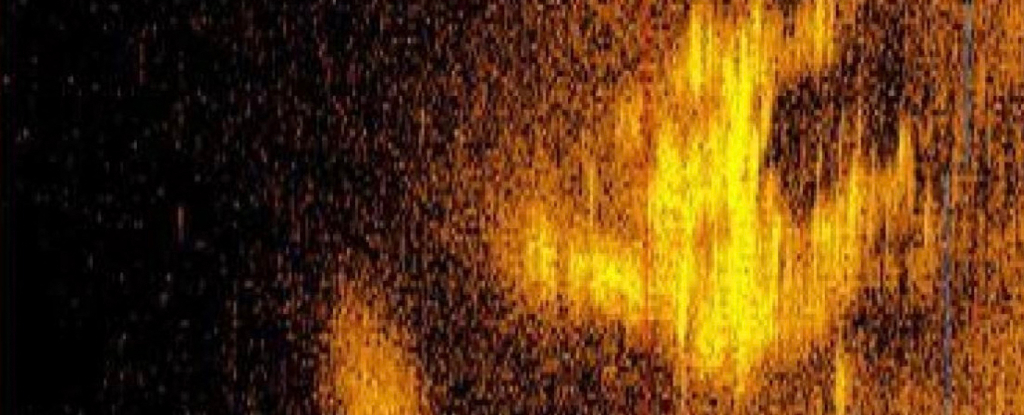ARTICLE AD
Separating instances of dark matter interacting with itself from the grumblings of the universe is a delicate task, but now, one researcher has developed an algorithm that may simplify that work.
The deep-learning algorithm (that’s right, it is nominally AI) is capable of distinguishing dark matter self-interactions from feedback generated by loud cosmic sources, such as active galactic nuclei with supermassive black holes at their cores. Research describing the approach was published today in Nature Astronomy.
Dark matter is the catch-all name for about 27% of the universe that is invisible to us. In other words, there is a huge chunk of the universe’s matter which does not emit light, making it impossible for telescopes to see directly. However, dark matter interacts with its environment gravitationally, so researchers can see its effects on massive scales, like in haloes around galaxies and in so-called Einstein rings.
To find these subtle signals of dark matter occasionally interacting with itself amid the hubbub of the universe, the researcher—David Harvey, an astronomer at École Polytechnique Fédérale de Lausanne—trained a convolutional neural network on images from the BAHAMAS-SIDM project. The project “models galaxy clusters under different dark matter and AGN feedback scenarios,” according to university release. As the neural network was fed images of these galaxy clusters, it learned to sift out signals associated with dark matter interactions from those caused by the galactic nuclei.
“Weak-lensing information primarily differentiates self-interacting dark matter, whereas X-ray information disentangles different models of astrophysical feedback,” Harvey wrote in the study.
The neural network that was the most accurate was named Inception. Inception hit an accuracy of 80% in ideal conditions, and maintained that performance when observational noise was added to the system. Observational noise is to be expected in any telescope data, such as that from Euclid, ESA’s $1.4 space telescope, which will image billions of galaxies in its investigation of dark matter and dark energy.
“This method represents a way to analyse data from upcoming telescopes that are an order of magnitude more precise and many orders faster than current methods, enabling us to explore the properties of dark matter like never before,” Harvey added in the paper.
While we’re still a long way from identifying what particles or phenomena are responsible for dark matter, AI approaches to the issue could hasten scientists’ discoveries about the nature of the unknown stuff. Thanks to telescopes like Euclid, researchers with have reams of data to sift through in their search for answers. Algorithms like those undergirding Inception may quicken investigations of that data.

 2 months ago
20
2 months ago
20 

